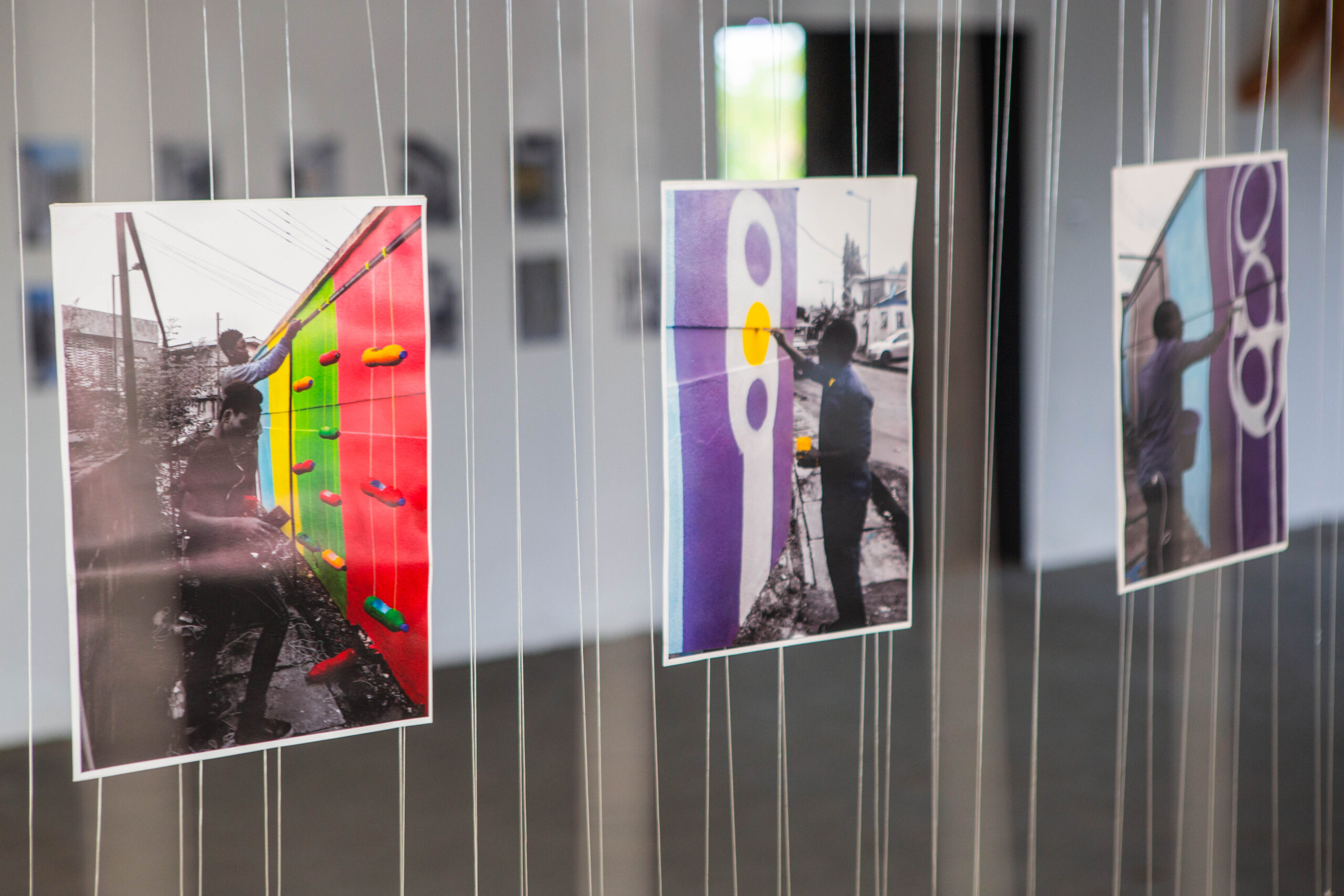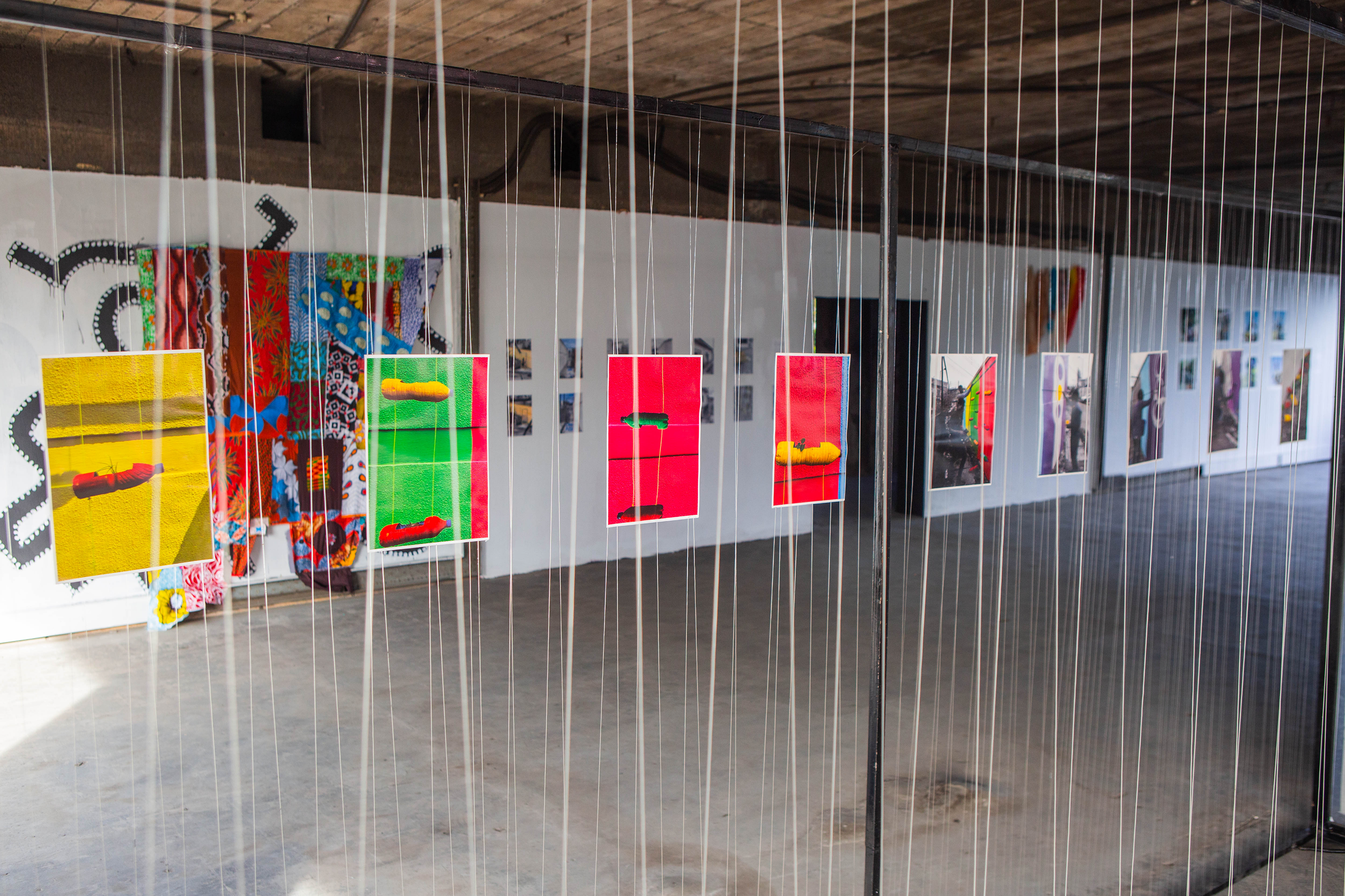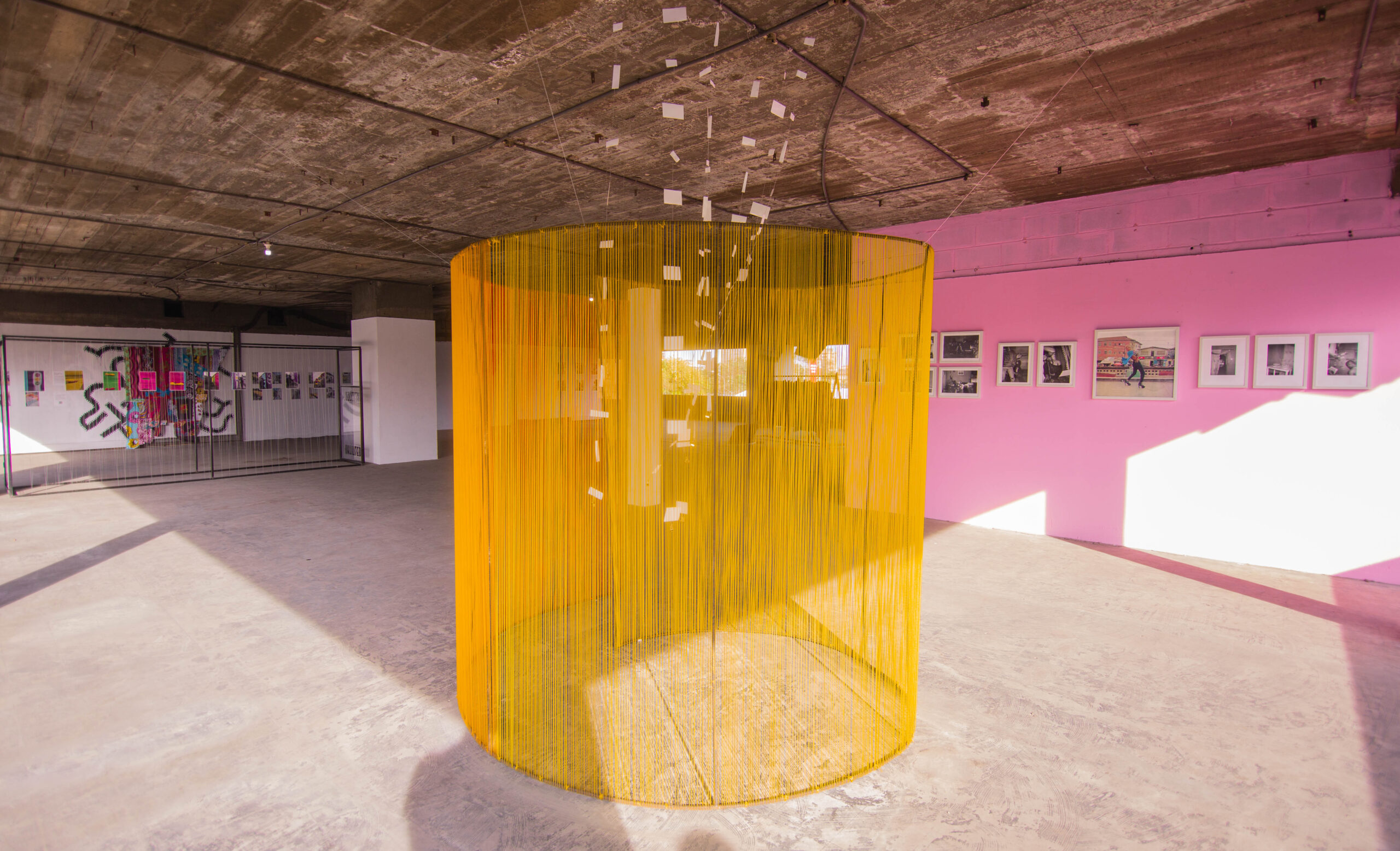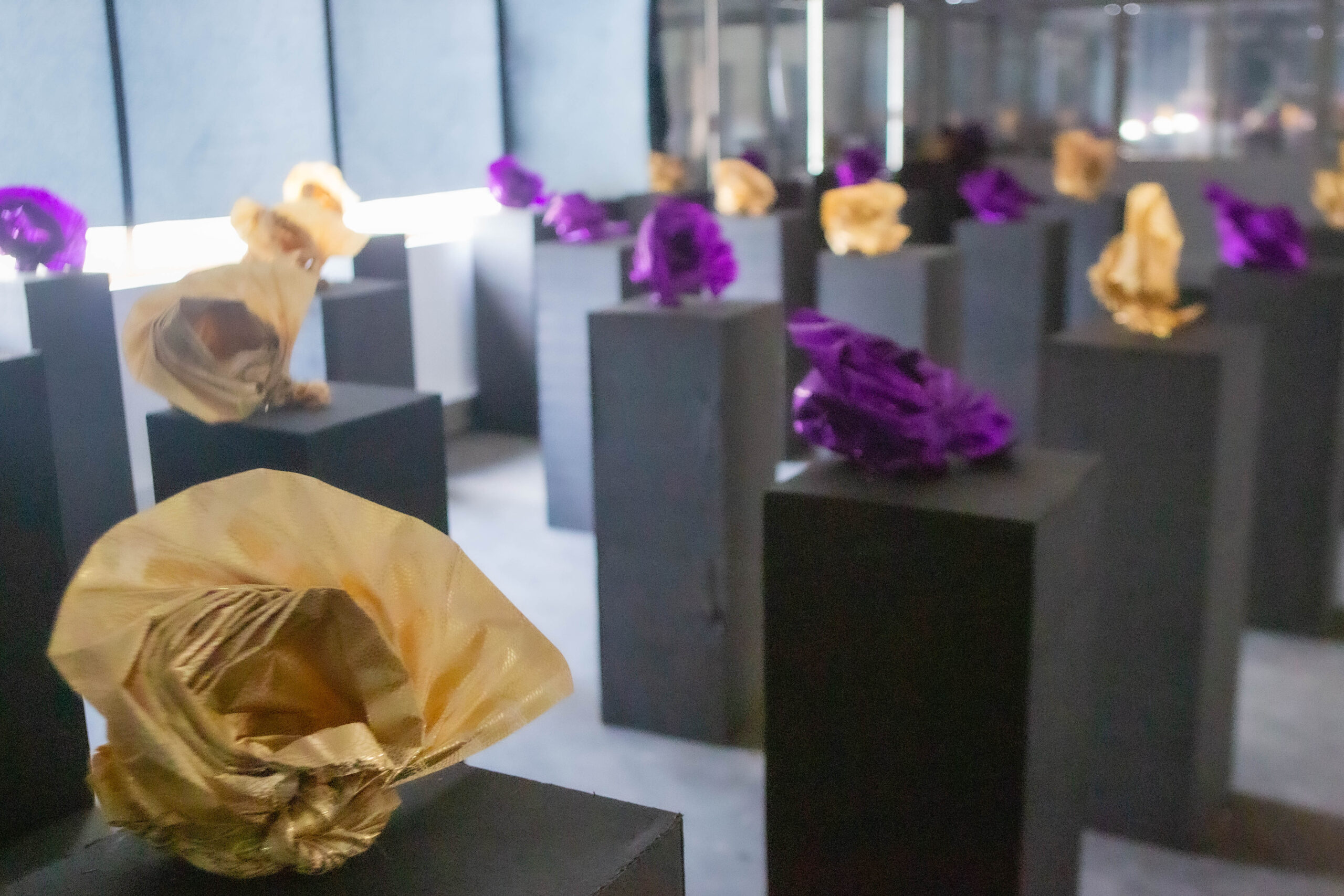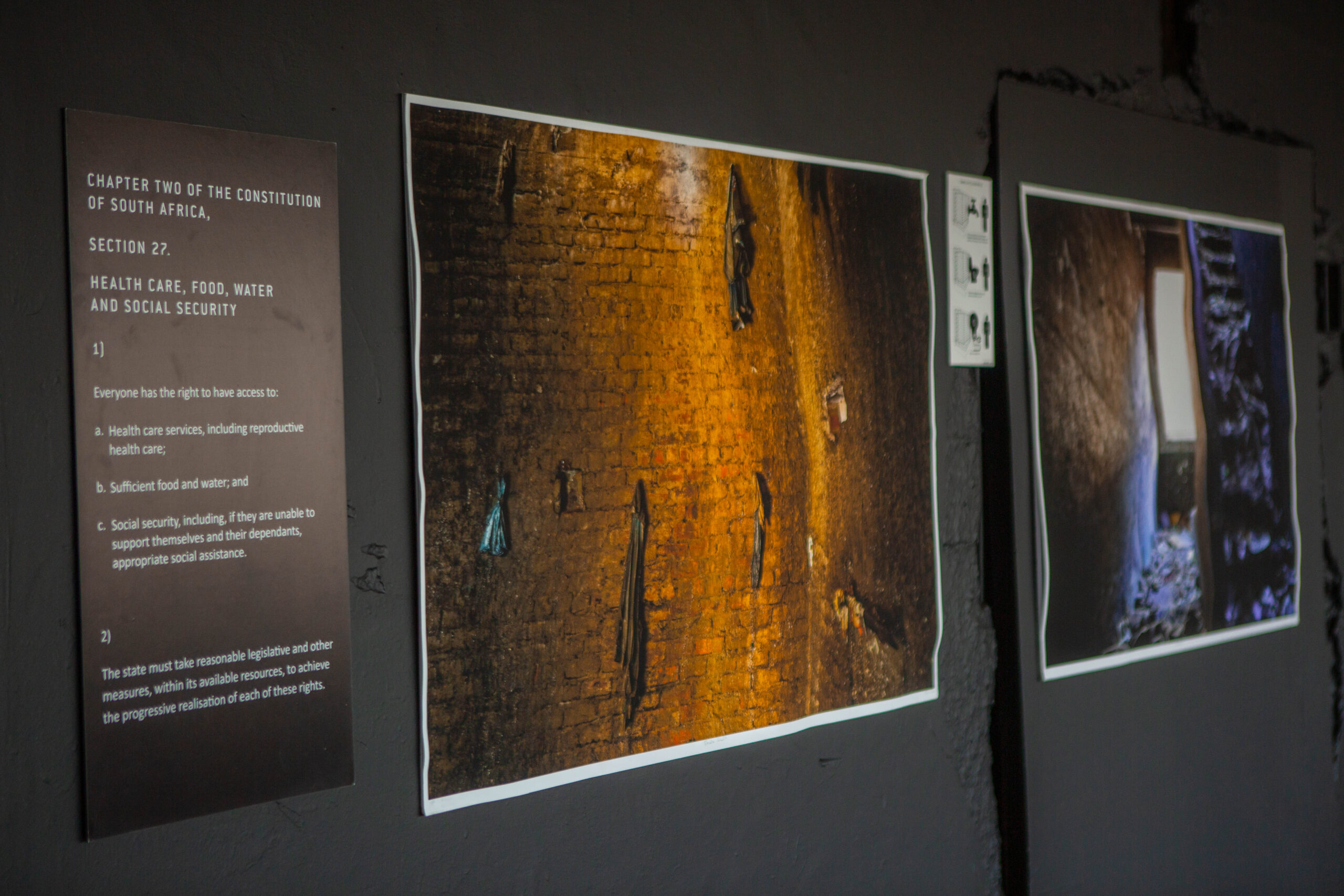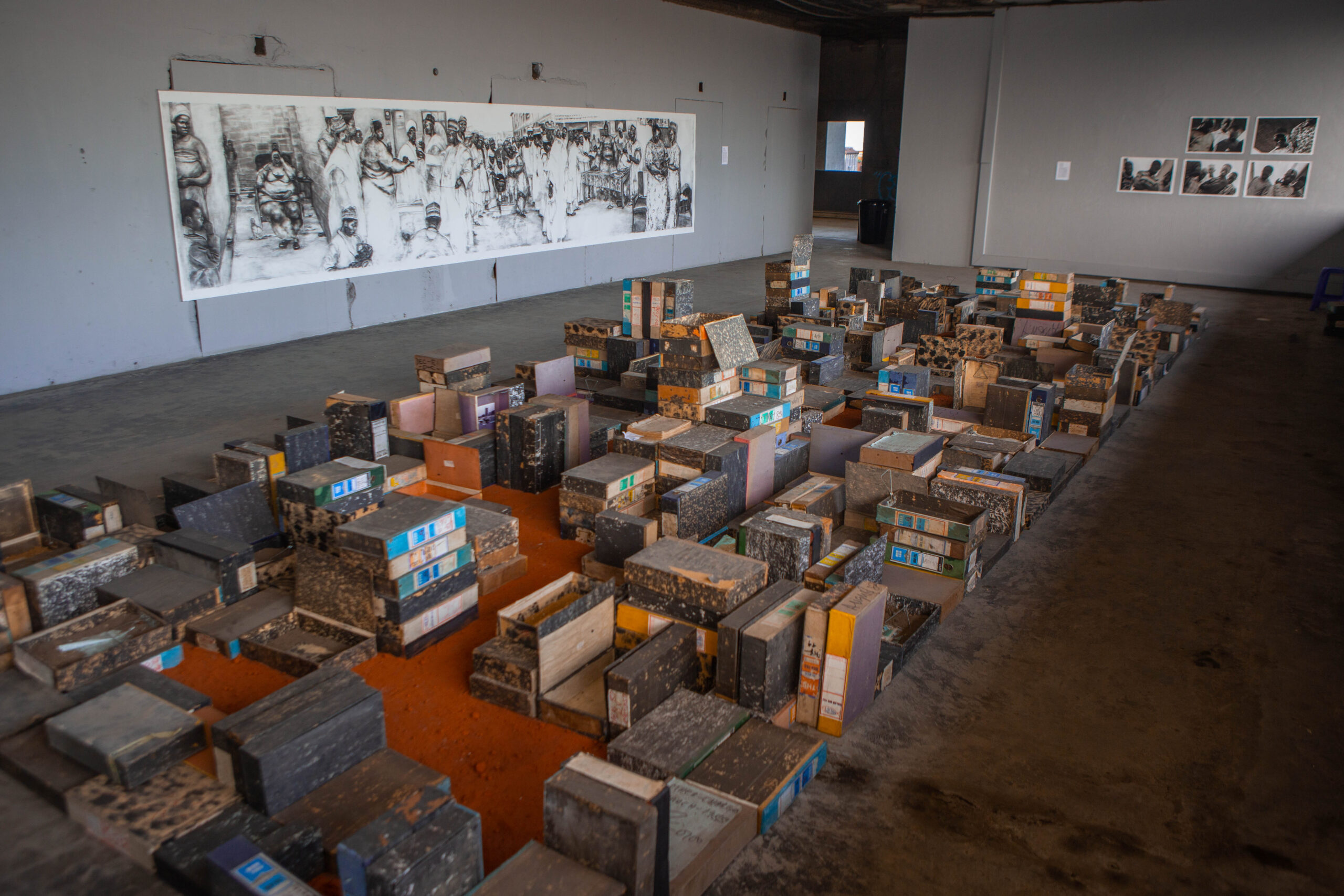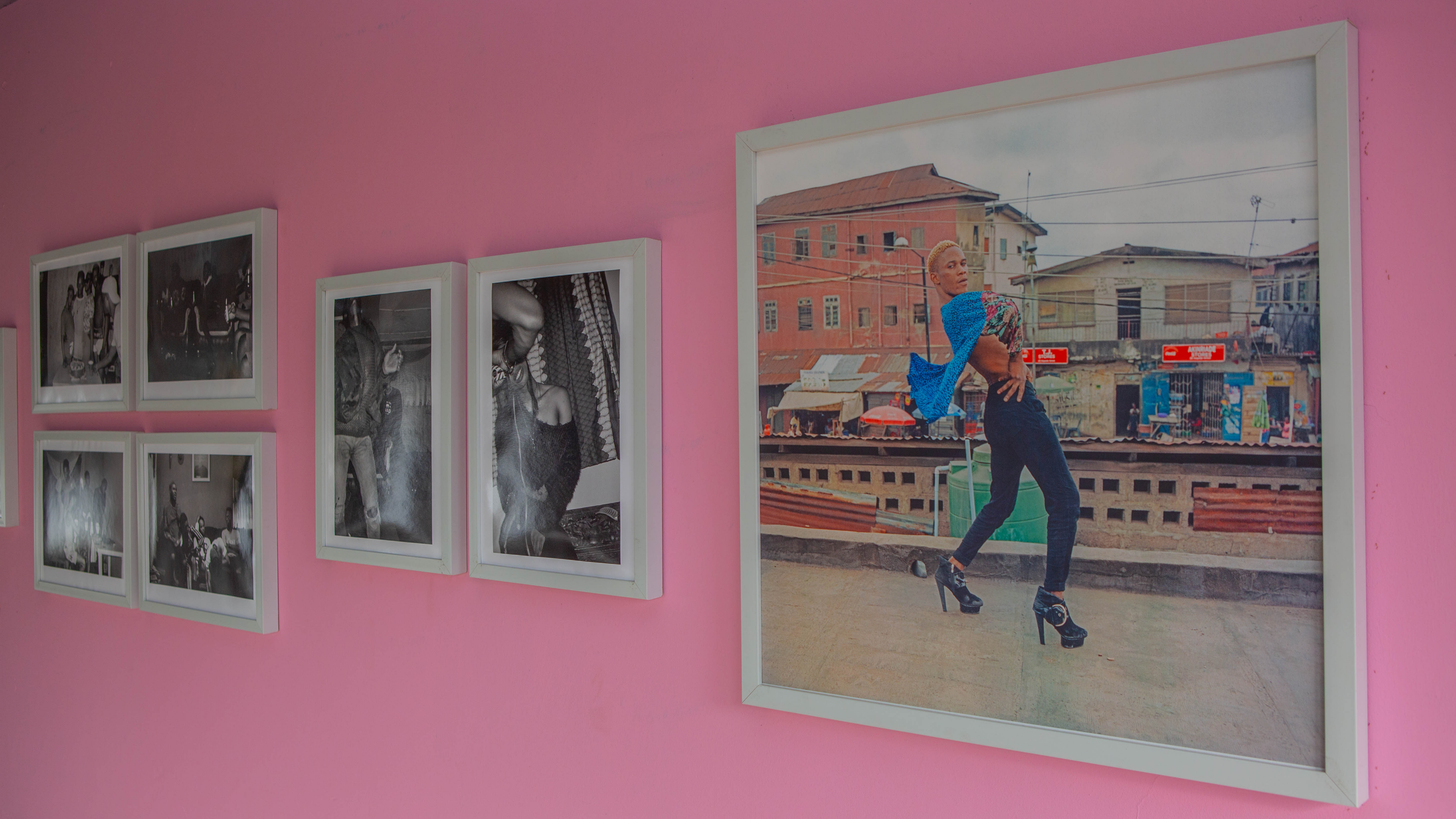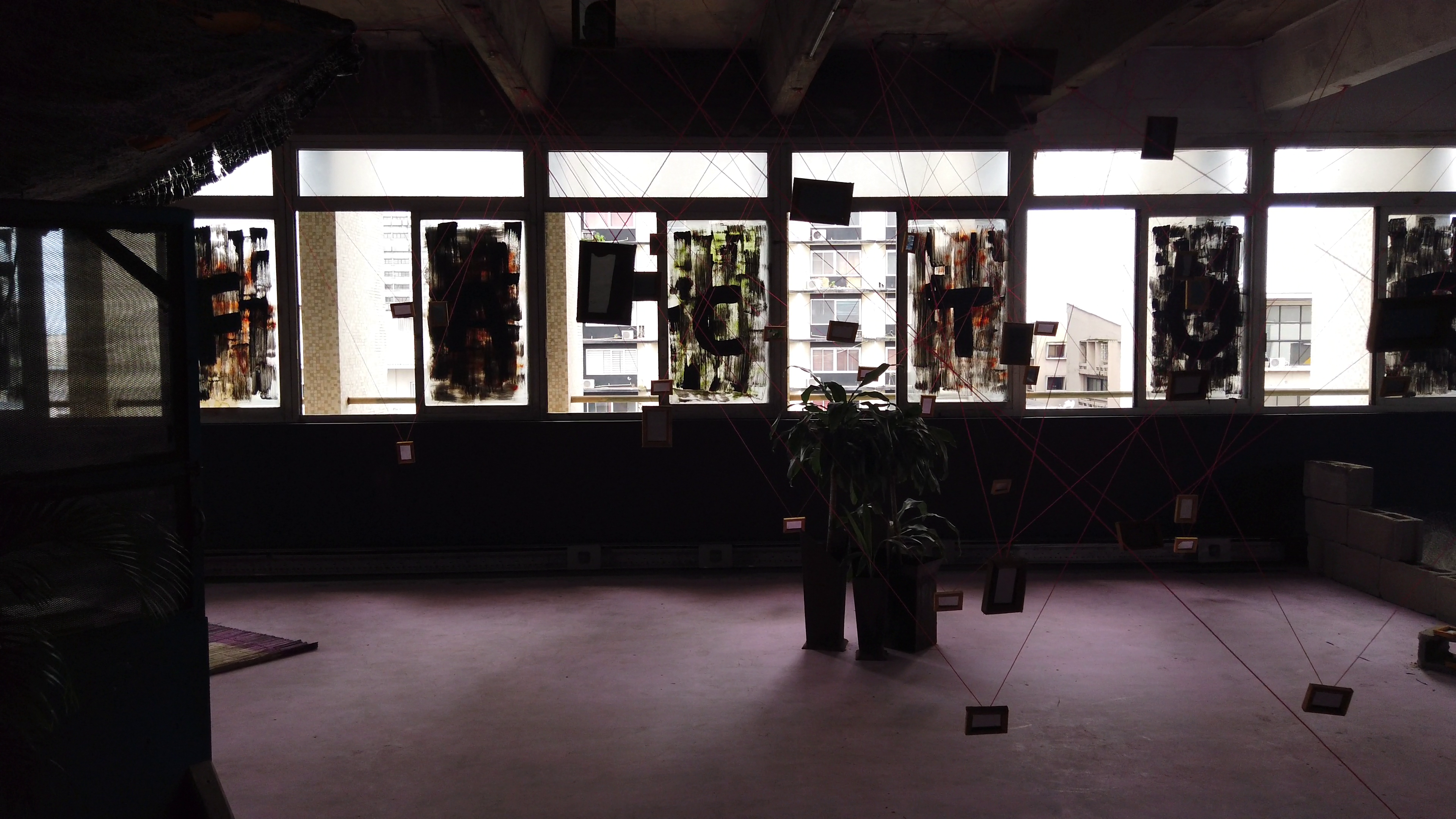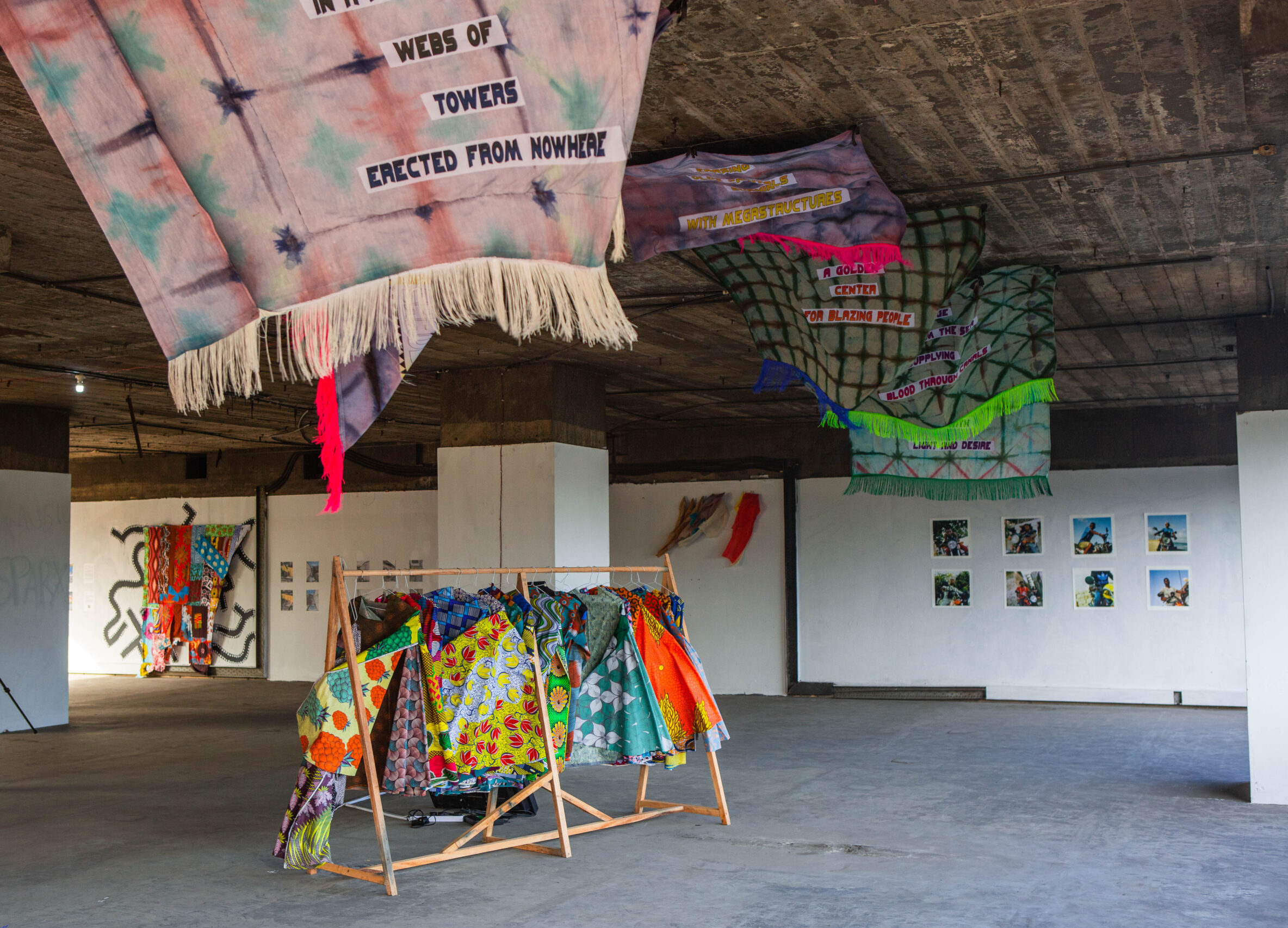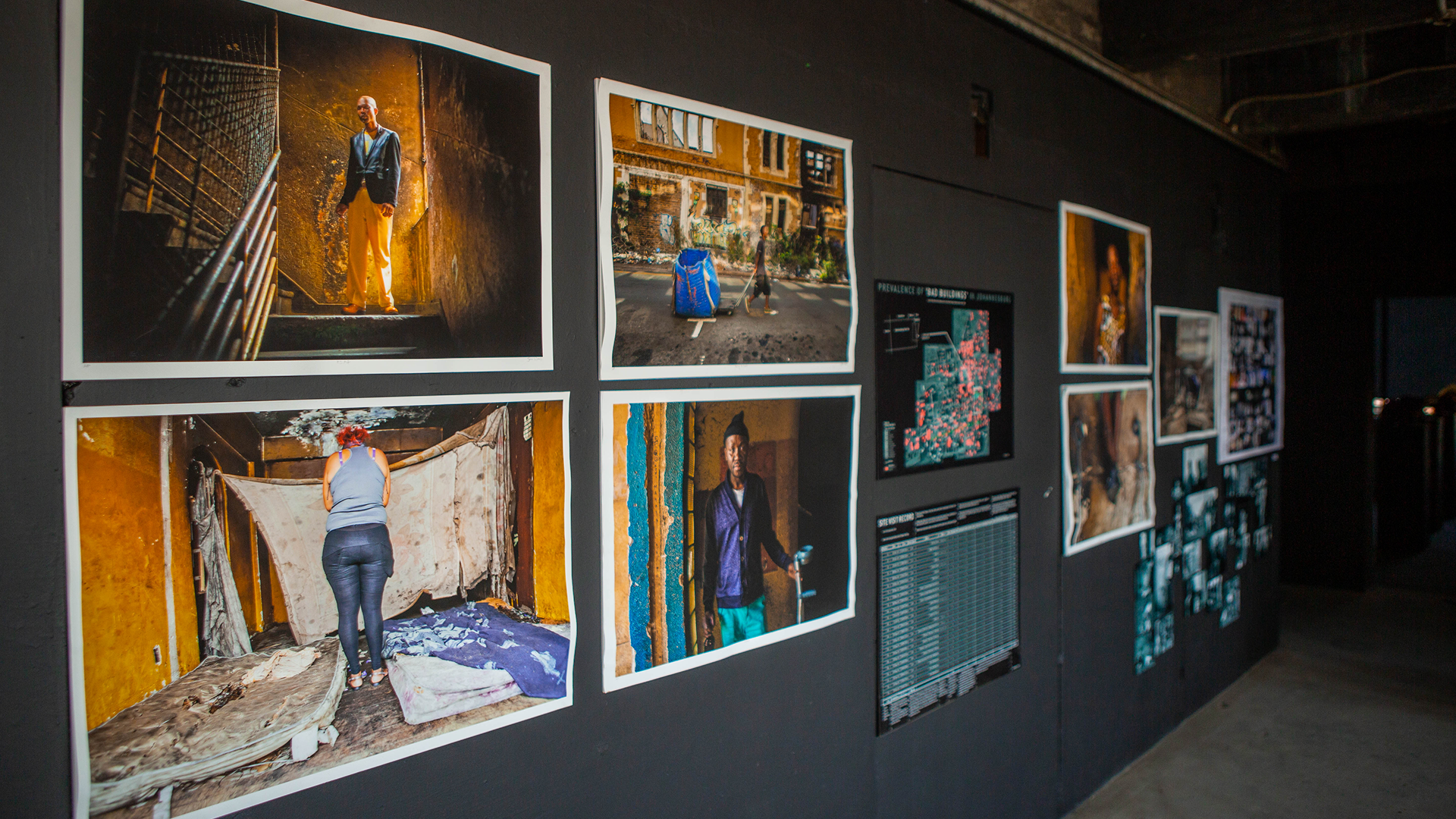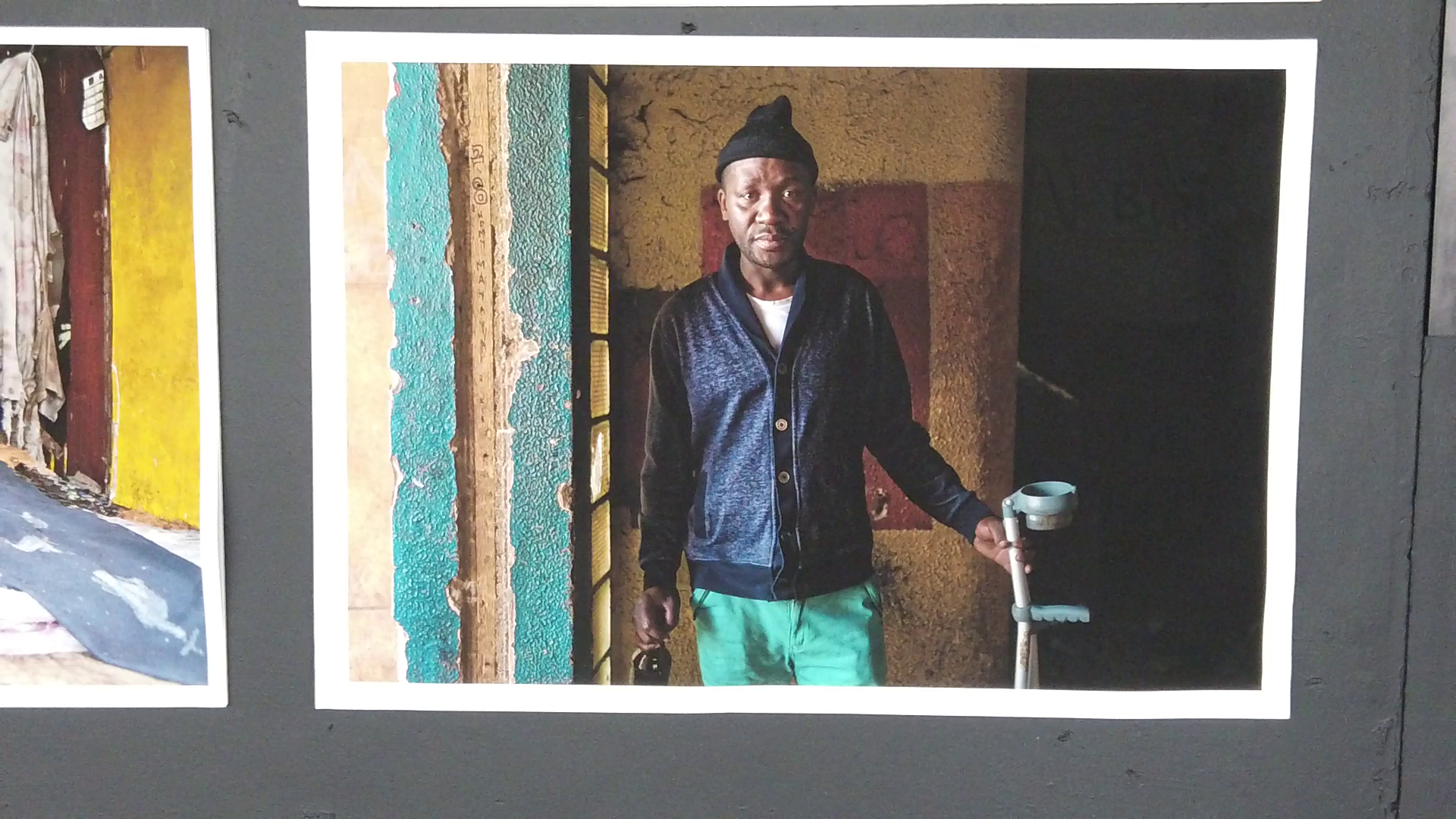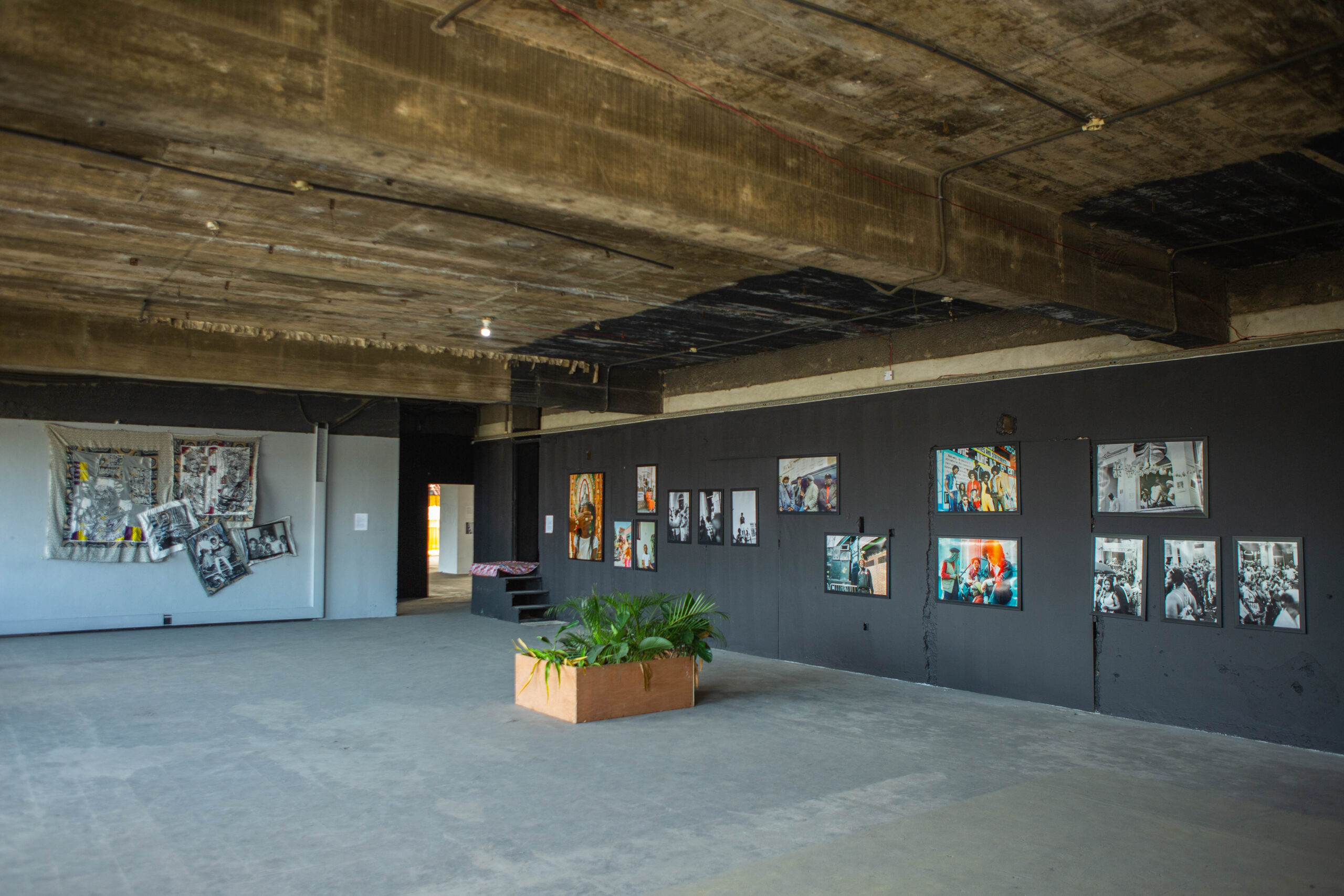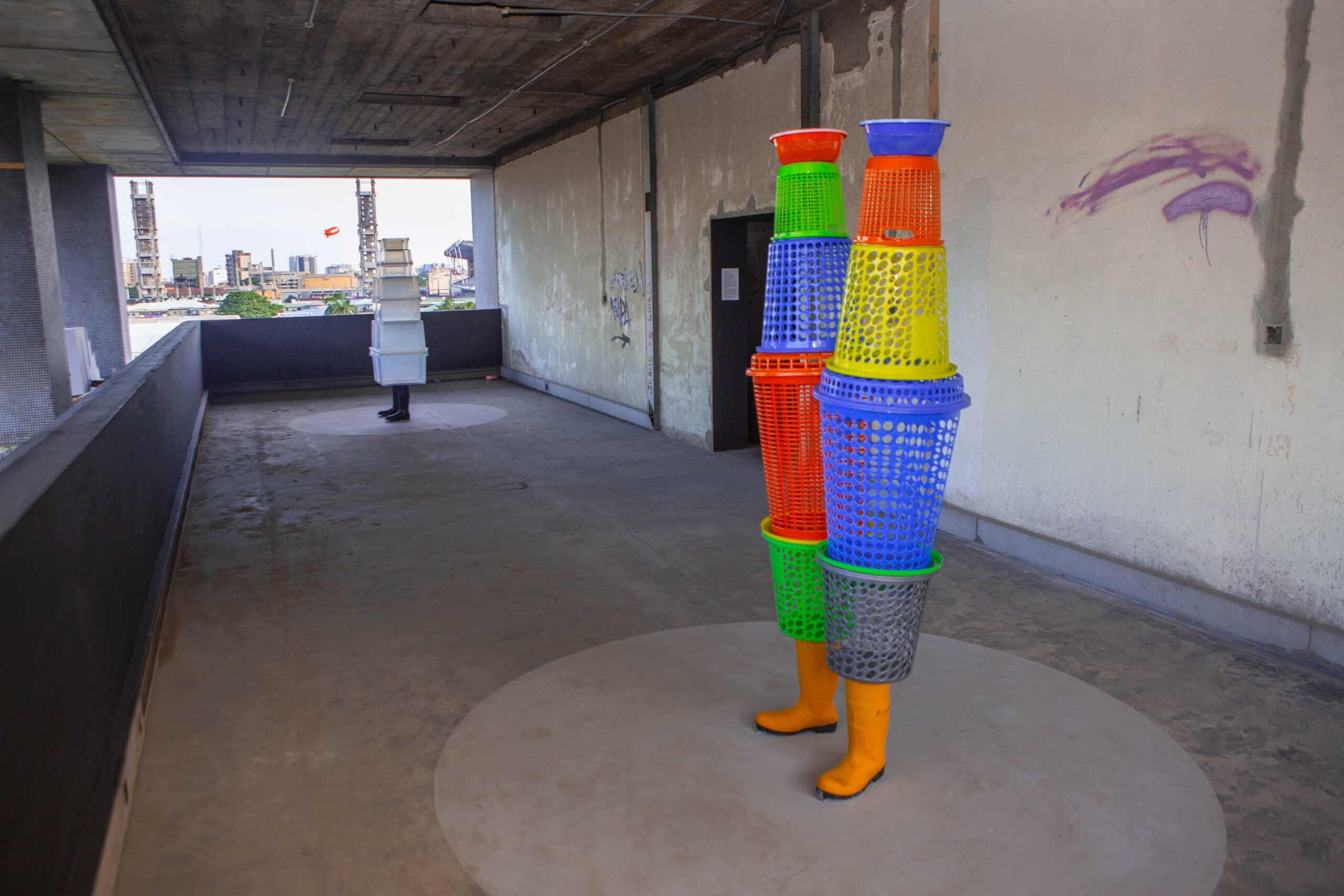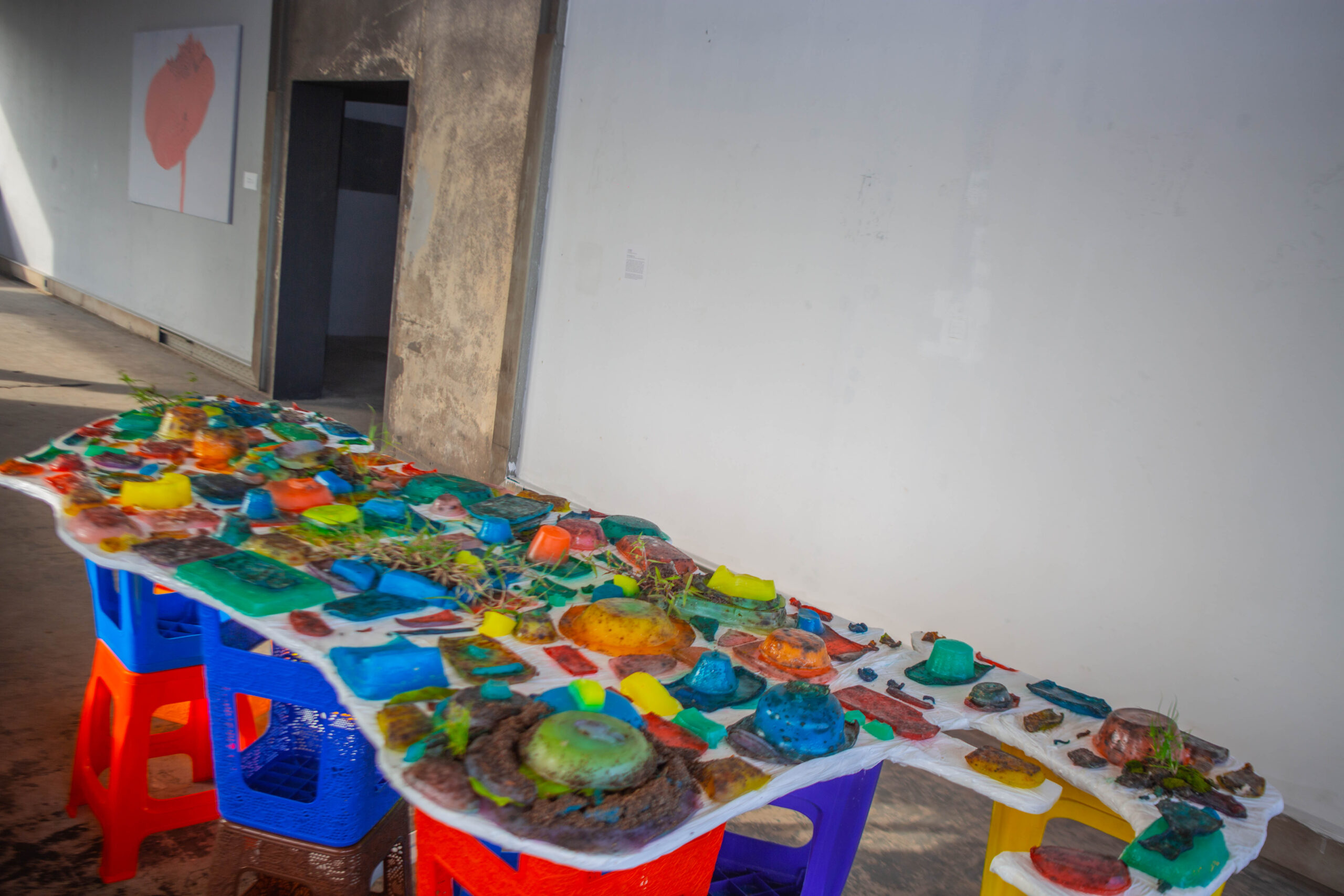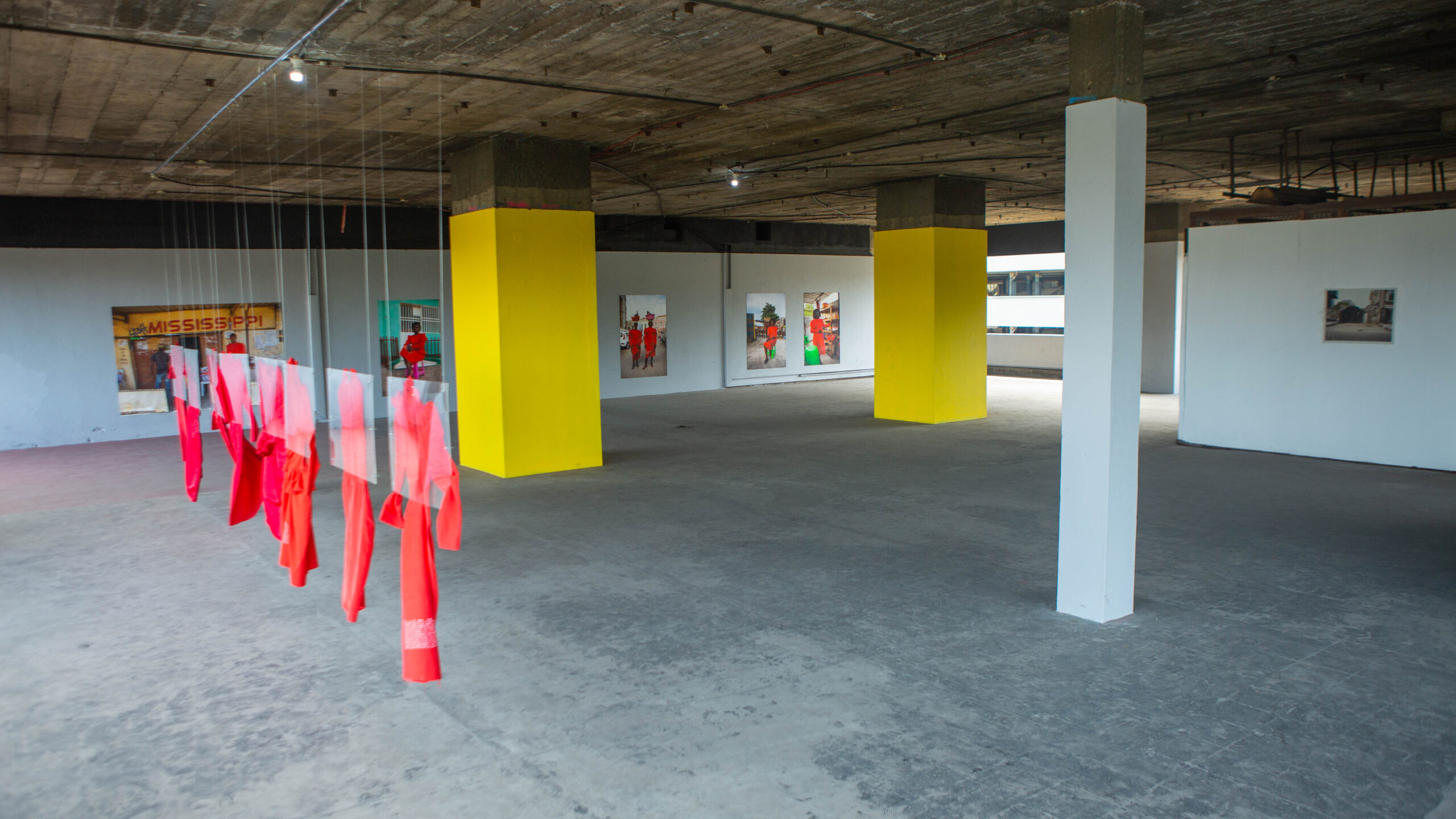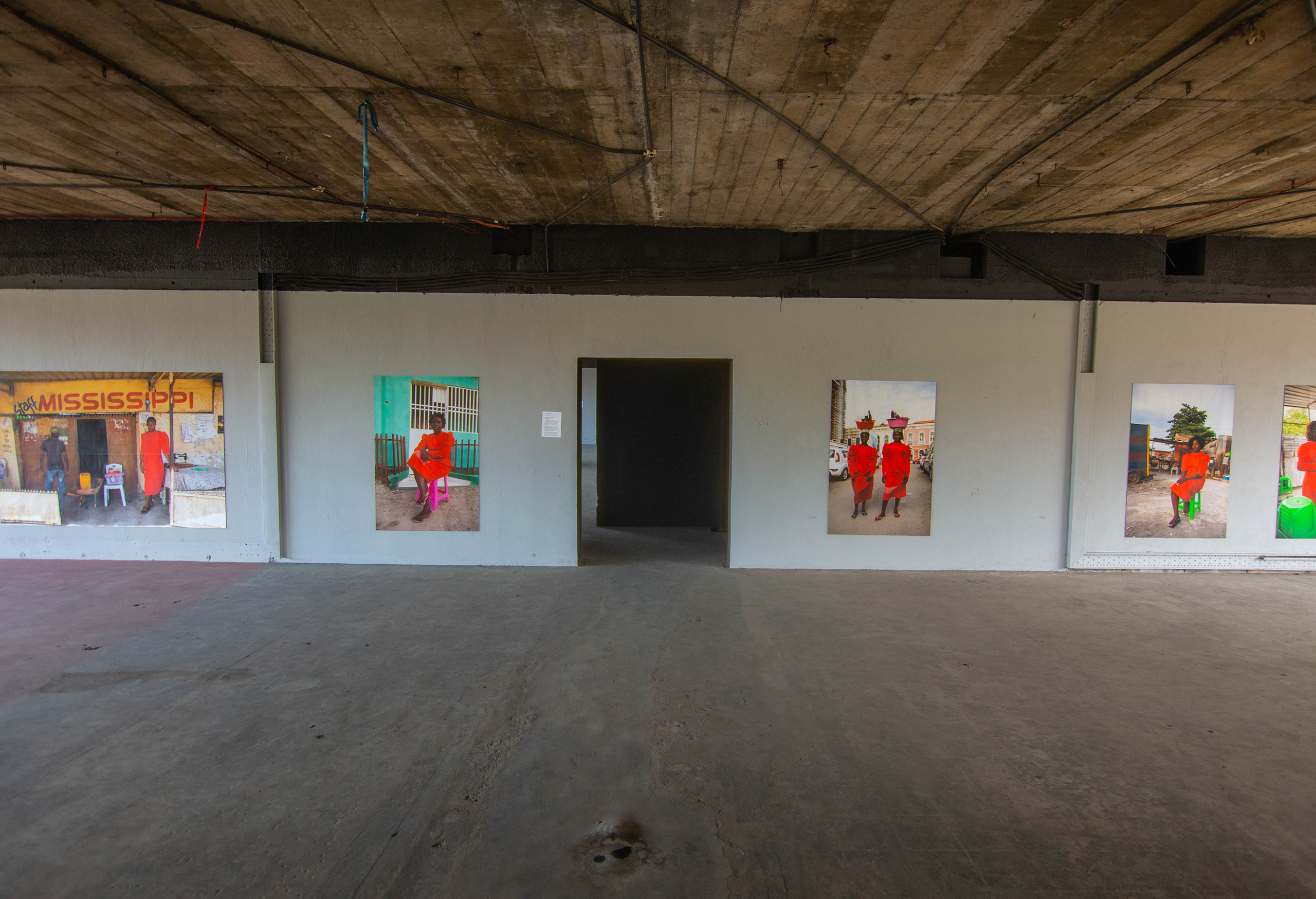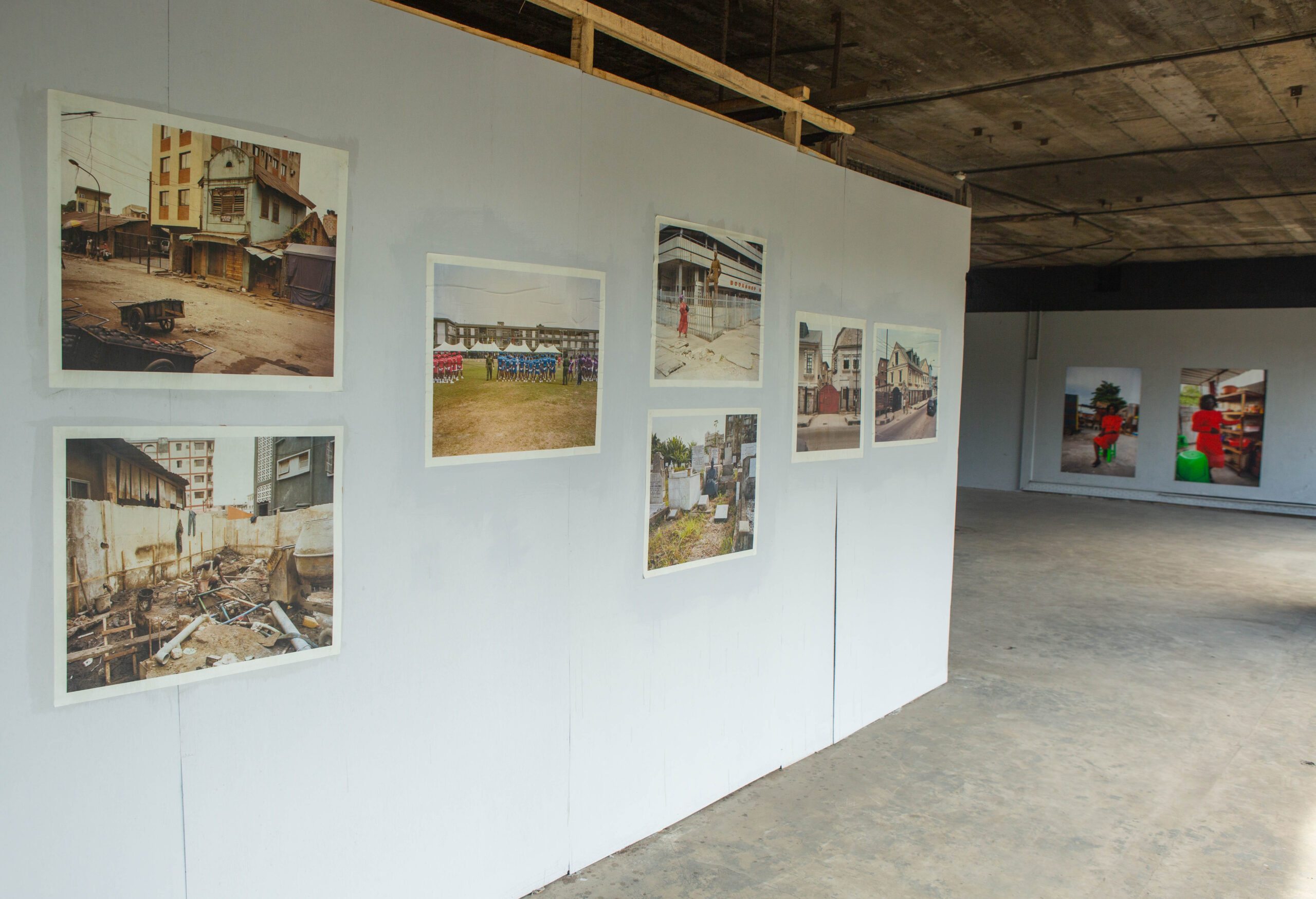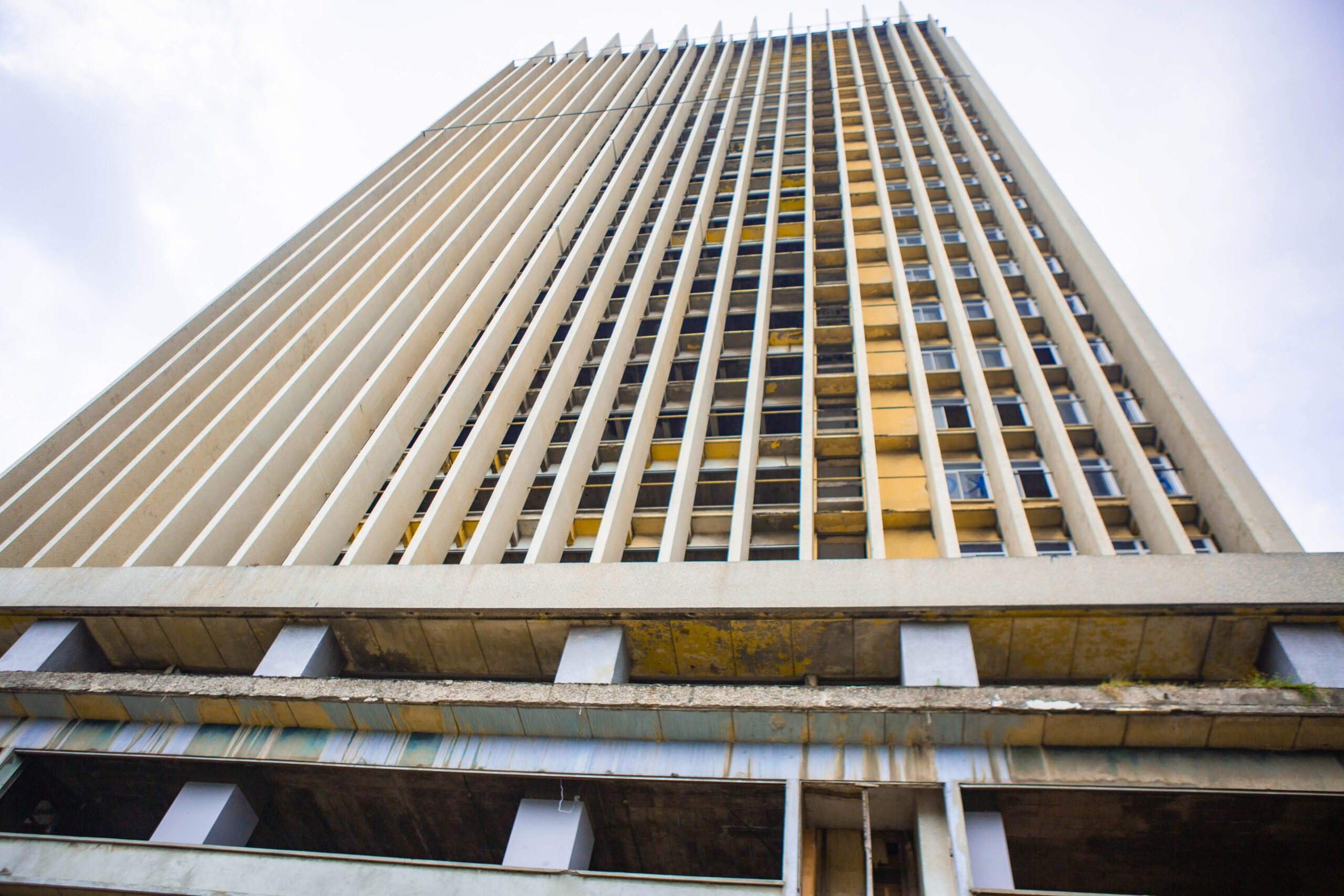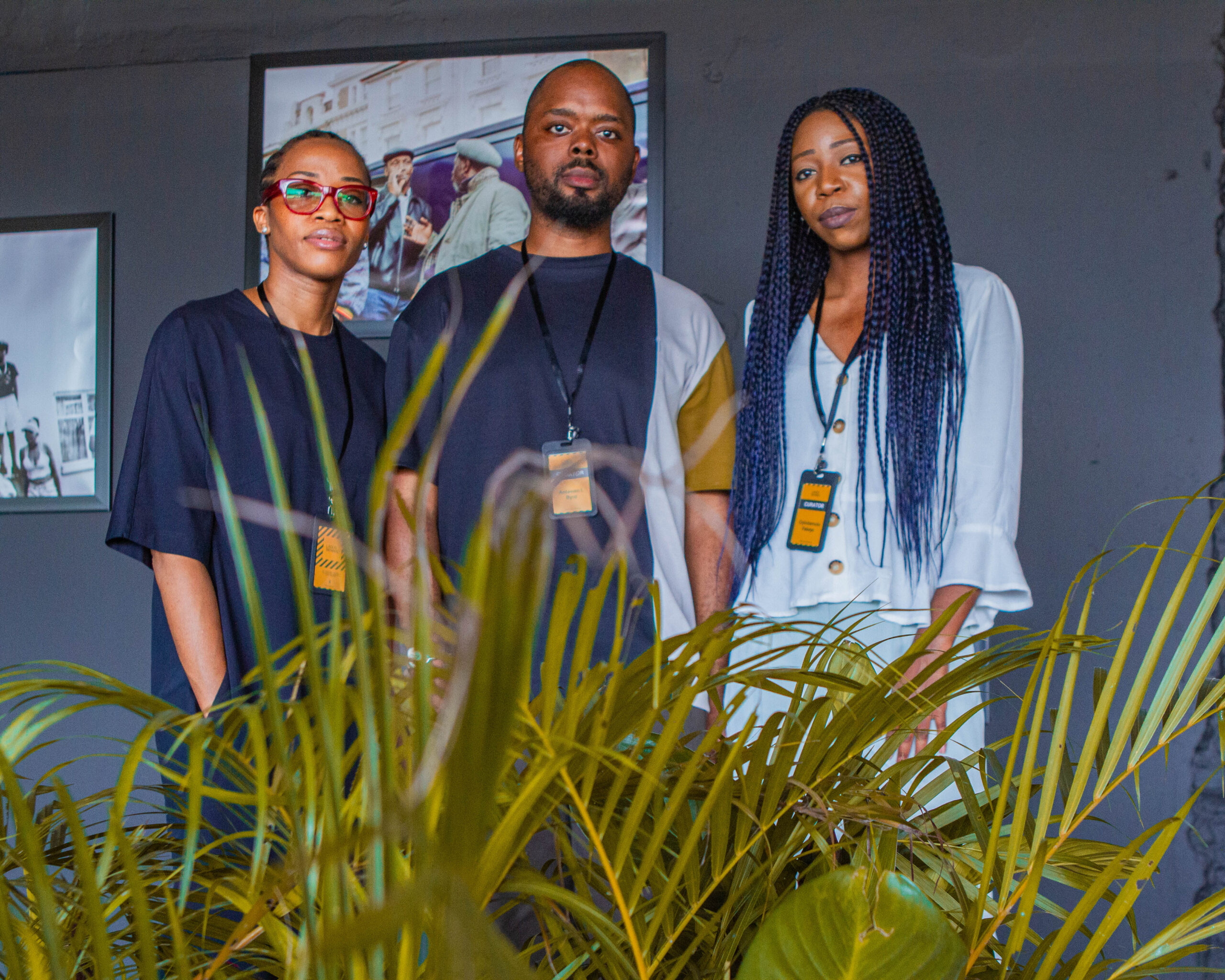research
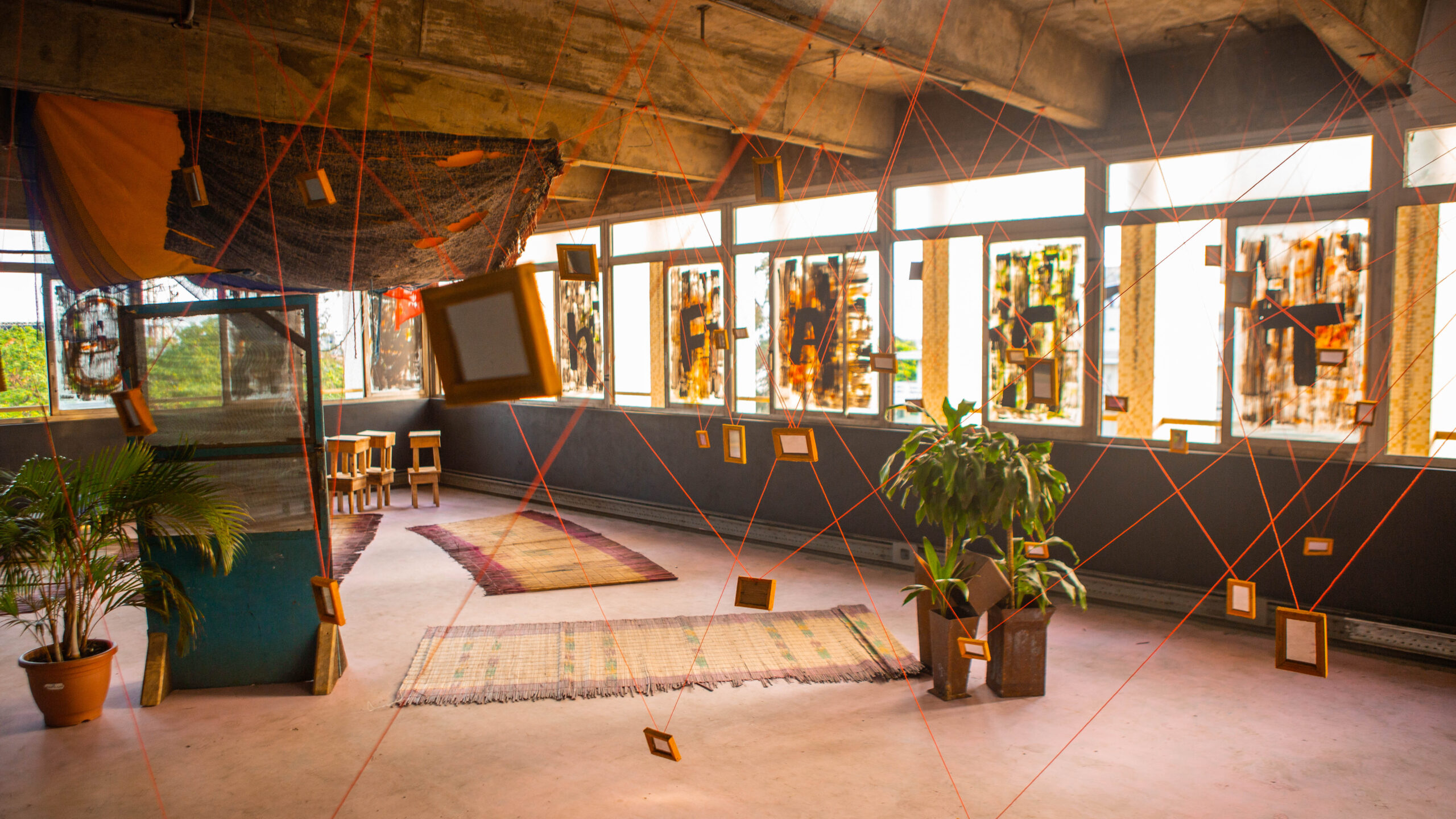
In recent decades, Lagos has expanded exponentially through large-scale land reclamation initiatives, major industrial and luxury development projects, new transportation infrastructures, and sprawling housing settlements.
This steady growth has transformed and amplified the city’s distinctive history as a cosmopolitan hub, and incubator of cultural and technological innovation. Yet such rapid change continues to raise immense challenges, facing cities across the globe, about the impact of urbanisation on conceptions of identity and citizenship, affordable housing, the sustainability of natural resources, and socio-economic equality.
The second edition of the Lagos Biennial of Contemporary Art — How to Build a Lagoon with Just a Bottle of Wine? — brings together artworks and architectural projects by 44 individuals and collectives working in a range of mediums.
Inspired by lines from Nigerian writer Akeem Lasisi’s poem, “A Song For Lagos,” the biennial’s title evokes the waterways on which Lagos was founded, and metaphorically calls up the outsize ambitions and herculean challenges of urban transformation.
Much of the work in this exhibition addresses the history and urban character of Lagos from the perspective of artists who either live in the city or spent time here for residencies or research projects. Whereas numerous other projects dwell on urban concerns in different parts of the world.
The exhibition’s cumulative effect is one in which Lagos emerges as an epicenter, serving as both a convener and a case study for considering the challenges and possibilities of built environments today.
“Built environments” are human-made spaces where people live, work, and recreate daily—typically in dialogue with natural, non-human, and virtual forms.
The artworks and projects in this exhibition meditate on how environments are built and inhabited, pointing up the ecological, historical, and sociopolitical dimensions of the spaces we construct and inhabit. This venue, Independence House, constitutes the biennial’s first project, or spatial proposition. This 25-storey structure was commissioned by the British government in 1959 to commemorate Nigeria’s independence from colonial rule in 1960.
At the time of its completion in 1963, the building was among the tallest in Nigeria, and so came to symbolize the country’s modern and sovereign ambitions.
Throughout its history, this edifice housed corporations and government offices, namely those of the country’s Ministry of Defense. However, by the mid-1990s, the building was decommissioned and has since been largely abandoned.
The biennial occupies space on the first four floors of the building, which were judiciously renovated to retain traces of the site’s recent dilapidated history.
This building was selected as the exhibition’s venue in part because its near 360° views of Lagos complement and reinforce the aesthetic-urban dialogues forged by the artworks themselves.
Moreover, the site carries art historical significance, for it houses (seen nearby) original artwork by pioneering Nigerian artists, including bas-relief sculptures by Felix Idubor (1928–1991), and the first ever mosaic designed by Yusuf Grillo (b. 1934).
The selection of Independence House thus elaborates on the inaugural biennial’s mandate of using contemporary art to reinvigorate abandoned architectural sites while uncovering their (art) historical salience.
